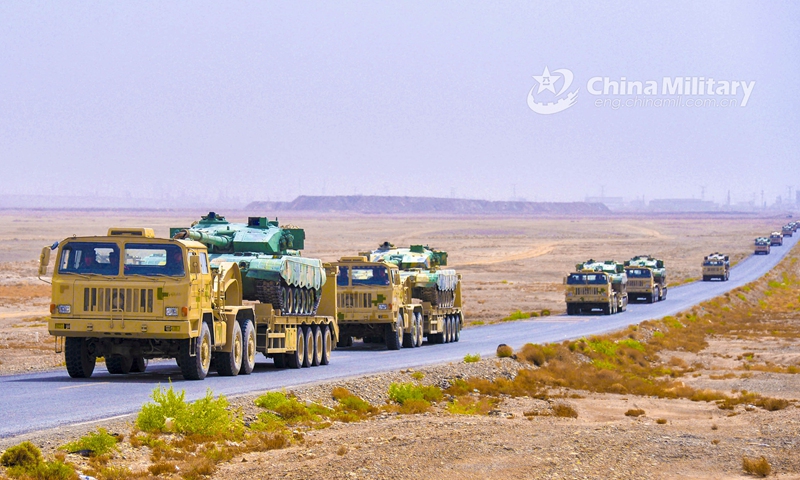supercat
Colonel
...continued from above:
India’s illusion on its own position
Although India has risen as a global player recently, its relative power as compared with China has, in fact, sharply plunged. For example, India’s economy is a midget compared with China, whose gross domestic product is roughly US$14 trillion, whereas India’s is less than $2.7 trillion. China’s GDP is about five times a high and its defense spending nearly 3.7 times India’s.
It should be noted that China inflicted severe casualties on India in the 1962 Sino-India war at a time when India and China were comparable in economic terms. For instance, the GDP per capita of India and China was $82.19 and $89.52 respectively in 1960.
The fact that China is far ahead of India in several areas is something that Indian strategists find hard to swallow. India was considered ahead of China in aircraft carriers in the past, but China now has twice as many in-service carriers as India. However, Indian strategists claim that India and China are comparable.
Modi drastically altered several norms of Indian strategy and foreign policy after he entered his second inning in power in 2019. One of them was the scrapping of the special status of Jammu and Kashmir by revoking Article 370 of the Indian constitution. However, India didn’t carefully consider the geopolitical backlash of its move, and particularly did not take China into account.
Delusion on the US
Indian strategists view the US as their crucial partner and friend. At the same time, China was considered its competitor until 2014. After Jayshankar became foreign secretary in January 2015, India dramatically changed its view of China, with the Indian media portraying China as India’s main adversary.
The playbook of Indian strategists for engagement with the US has been “partnership of the two greatest fellow democracies for the 21st century” since 2016. But India is moving ahead to a dangerous destiny: It is a leading frontline state against China in Asian geopolitics.
Indian strategists seem to believe that they could benefit from the partnership with the US. However, they have not been achieving what they intended to accomplish. Conversely, they are unable to evade India’s unnecessary involvement in the American-led efforts to contain China in its back yard and the Indian Ocean rim. Indian strategists have failed to resist US pressure.
Despite Indian strategists’ hubris that India is a global superpower, it has a history of inability to set priorities and make decisions on the issues of foreign policy and security. India has repeatedly failed to enjoy “strategic autonomy.”
India lost its strategic autonomy in 1962 because of its miscalculated alliance with the USSR. The Sino-India war of 1962 was the upshot of India’s strategic blunder to rely on Moscow’s backing aftermath of the Sino-Soviet split in 1960. India again has been repeating the same mistake by overrating the US-India alliance twice in 2017 at Doklam and now at Ladakh.
Indian strategists overlooked American strategists’ aims to maintain a vanguard position in South and Central Asia and the Indo-Pacific region by keeping China and India apart. The US never allows Asia’s two superpowers, China and India, to reach rapprochement.
Hallucinations on China
Indian strategists are suffering from hallucinations when it comes to China. China is far ahead of India in terms of economic, political, technological, military, and strategic capabilities. Indian strategists, on China’s rise, used to say, “Shanghai is China’s drawing-room, and everybody keeps the drawing-room attractive. The rest of China and India are the same.” However, they don’t admit that India is far behind China everywhere.
For instance, Chinese and Indian militaries faced off at the Doklam tri-junction of Bhutan, China, and India in the summer of 2017. The standoff happened after the India-US Logistics Exchange Memorandum of Agreement (LEMOA) was signed in 2016. The deal gives the US and India access to each other’s military facilities for logistic support on a reimbursable basis. After overrating the scope of LEMOA, Modi was about to declare war on China. It was India’s most significant loss on the diplomatic front.
Now China wants to repeat the history of Doklam in Ladakh. Chinese strategists want the Sino-Indian border problem to linger, so China can keep India off balance and prevent it from focusing its attention on the West.
India is in a position that no friend to back its place in the neighborhood and South Asia. India is unable to balance China in the region because China helps the country in simple terms. China demands respect for China’s leadership and interest and commitment to the one-China policy. In return, China provides maximum political, economic, and technological benefits to its partners.
Indian strategists find it hard to digest that India cannot compete with China on any front, and China won’t allow any global power to play a game against it.
Before 2014, Indian foreign and strategic affairs were already being overseen by people not up to the task. But since Modi came to power, affairs have fallen into the hands of even less competent people. They are suffering from illusion, delusion, and hallucinations in shaping strategy. India will undergo another significant strategic loss in Ladakh if it repeats its past errors to deal with China.


